In a dramatic shift reported by The Wall Street Journal, U.S. election officials are deploying Drone Technology to enhance security for the upcoming November 5th vote. This unprecedented move comes as authorities face mounting threats and intimidation targeting election workers, signaling a new chapter in the intersection of technology and democracy.
Eyes in the Sky: Drones Patrol America’s Polling Places
The Maricopa County Tabulation and Election Center in Arizona, once a lightning rod for election controversy, has transformed into a virtual fortress. A 7-foot-high wrought iron fence now encircles the facility, complemented by concrete barriers and armed officers at every entrance. But it’s the addition of drone patrols that truly marks a paradigm shift in election security.
“It feels like we’re in a nature show,” remarked Taylor Kinnerup, a spokeswoman for Richer’s office, referring to the 24-hour live feed now available to the public. This vivid description underscores the surreal atmosphere surrounding what was once a routine civic process.
From Hanging Chads to Hovering Drones: The Evolution of Election Tech
The introduction of drones represents a quantum leap from traditional election practices. While paper ballots and voting machines have long been the focus of security efforts, the use of aerial surveillance adds a new dimension to protecting the integrity of the vote.
Stephen Richer, Maricopa County’s recorder, didn’t mince words when describing the current climate. “It feels very dystopian,” he said, capturing the tension and unease permeating the electoral landscape.
Transparency or Intimidation? The Drone Debate
Election officials are banking on increased visibility to combat misinformation and conspiracy theories. Dana Lewis, the recorder in Pinal County, Arizona, explained their strategy: “When people don’t know what a process is or understand it, it’s real easy to create narratives in their own minds.” To counter this, they’re inviting both poll watchers and the general public to observe the process up close.
However, not everyone is convinced that drones and cameras are the answer. Shelby Busch, co-founder of We the People AZ Alliance and a vocal election skeptic, criticized the implementation: “The way they put the angle of the cameras, you can’t see anything of value.” This pushback highlights the challenges in balancing transparency with effective security measures.
The Human Element: Election Workers Under Siege
Behind the high-tech security measures lies a deeply human story. The threats and harassment have taken a significant toll on election workers. Richer reported a disturbing trend: 10 longtime members of his 140-person permanent staff resigned due to safety concerns. Even more alarming, an undisclosed number of the 3,000 temporary workers quit after facing intimidation from angry protesters.
One particularly poignant anecdote stands out. “I had one lady break down in tears,” Richer recalled. “She signed up for just a job where she thought she could help her community, and she didn’t sign up for this.” This emotional account brings home the real-world impact of election tensions on ordinary citizens trying to serve their communities.
A National Crisis: From Arizona to Colorado
The security concerns aren’t limited to Arizona. In Colorado, the situation has become so dire that some county clerks and election officials now keep bulletproof vests on hand. The threat has even extended to the postal service, with some election offices across the nation stockpiling Narcan after receiving ballot envelopes containing traces of fentanyl last November.
Justin Smith, a retired Colorado sheriff now training law enforcement and election officials across dozens of states, offered a sobering assessment: “To be honest, it was easy in the beginning to say that it was just a 2020 thing—it’s done, it’s over. Well, since then we’ve proven that it’s a trend that’s moving forward.”
DroneXL’s Take
The deployment of drones for election security represents a significant evolution in drone technology applications. While the primary goal is to ensure safe and transparent elections, it’s crucial to strike a delicate balance between security needs, privacy concerns, and the potential for voter intimidation.
As we’ve seen in recent coverage of drones aiding first responders, this technology can be a powerful tool when used responsibly. The challenge lies in implementing these measures in a way that enhances rather than undermines public TRUST in the electoral process.
Moreover, the use of drones in this context opens up new possibilities for drone inspections in sensitive environments. If successful, this could pave the way for broader applications in secure facilities and critical infrastructure protection.
The coming election will serve as a crucial test for this new approach to election security. Will drones prove to be the watchful guardians of democracy, or will they add to the atmosphere of suspicion and mistrust? Only time will tell.
We’re keen to hear your thoughts on this controversial use of drone technology. Do you think drones will help secure the electoral process, or could they potentially discourage voter participation? Share your perspective in the comments section below.
Discover more from DroneXL.co
Subscribe to get the latest posts sent to your email.
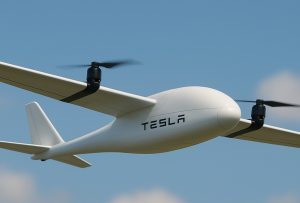


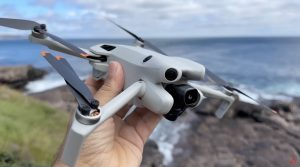

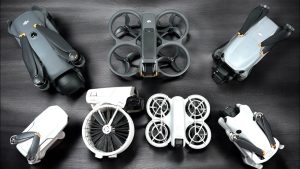
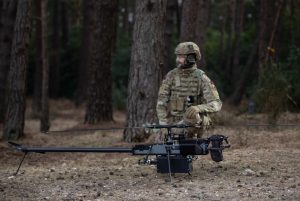
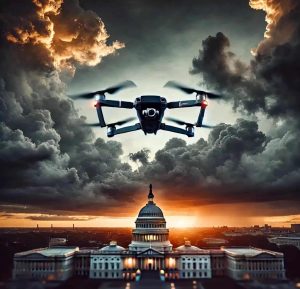

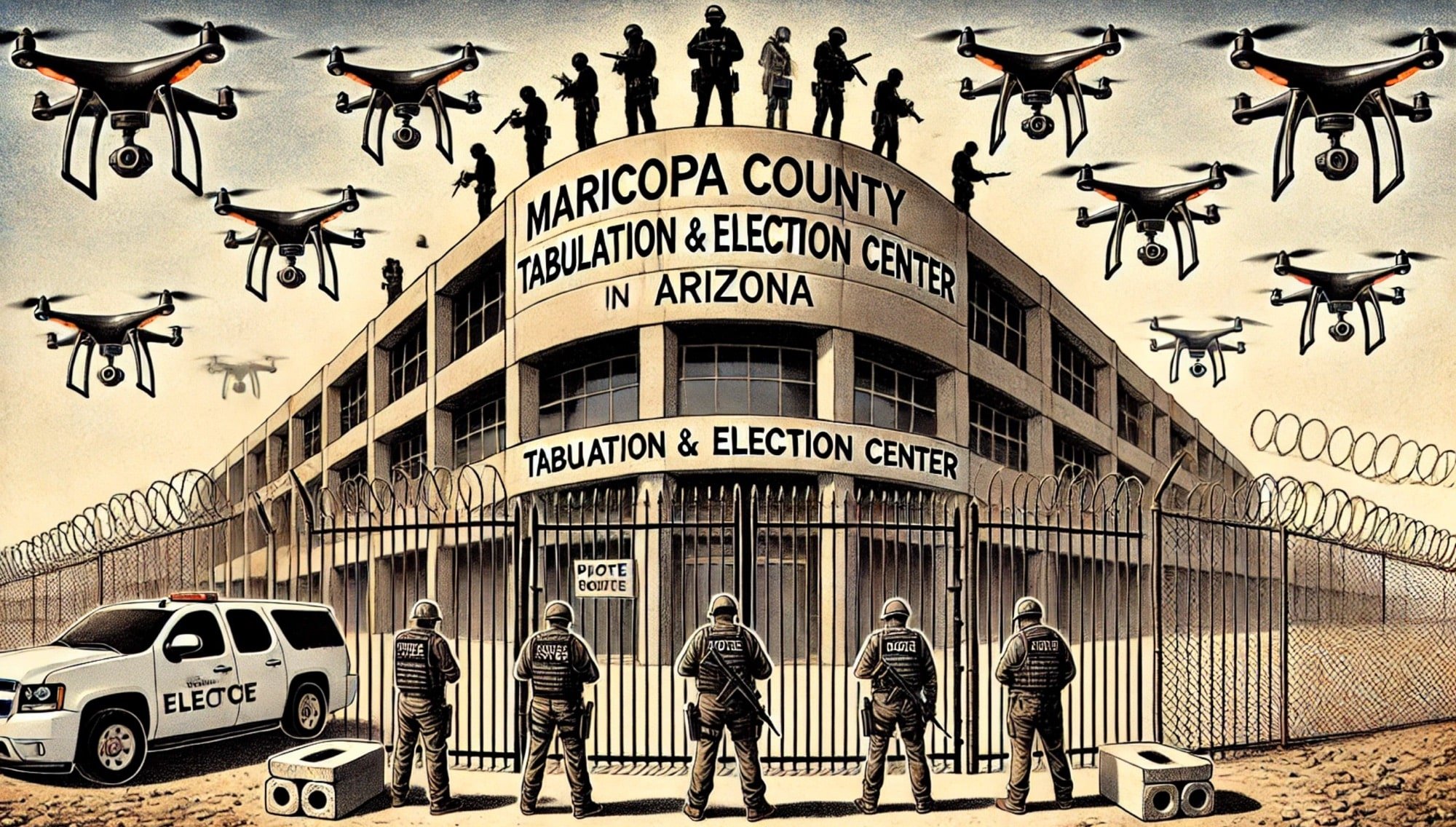
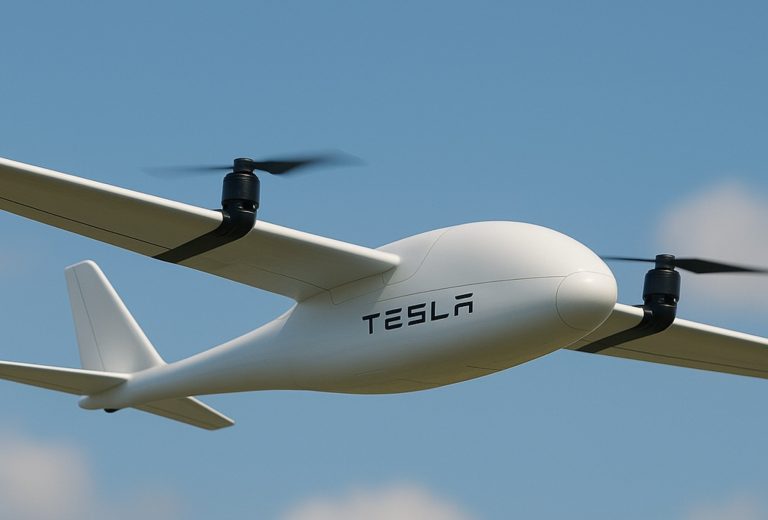

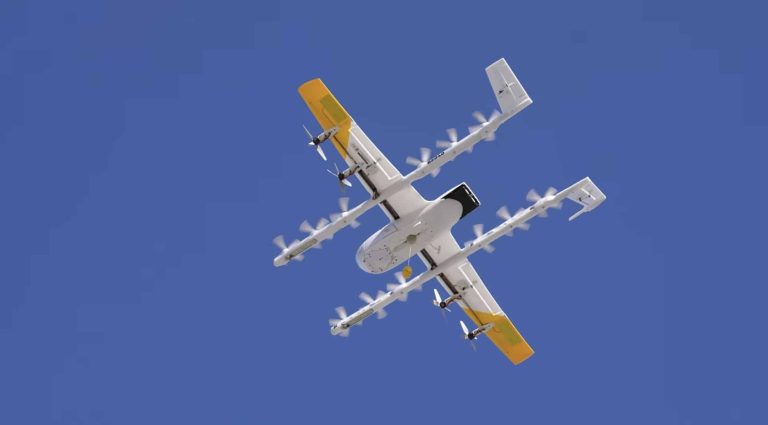
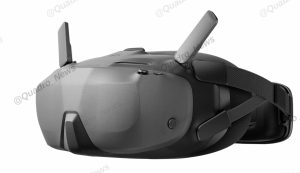
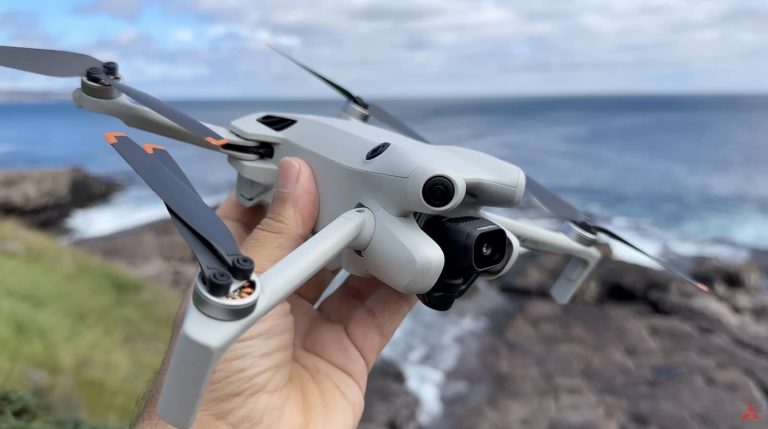
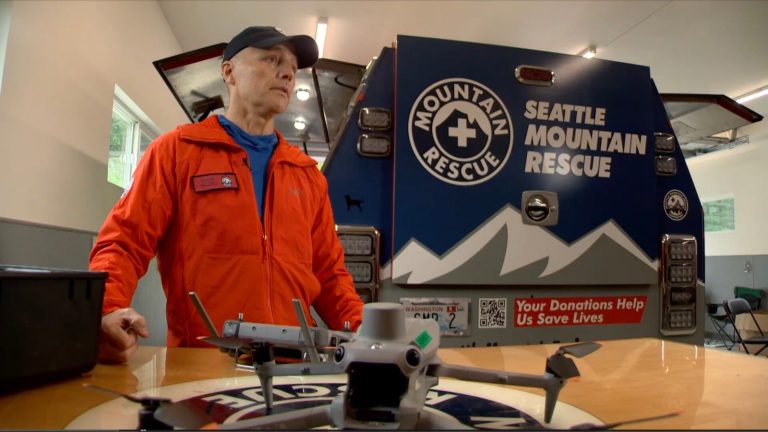
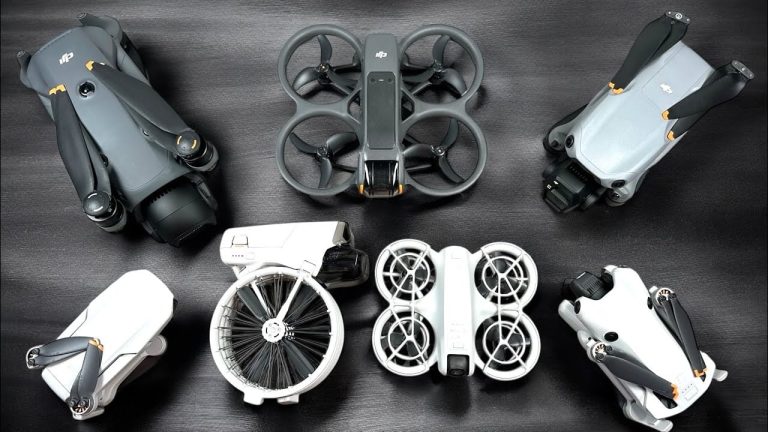

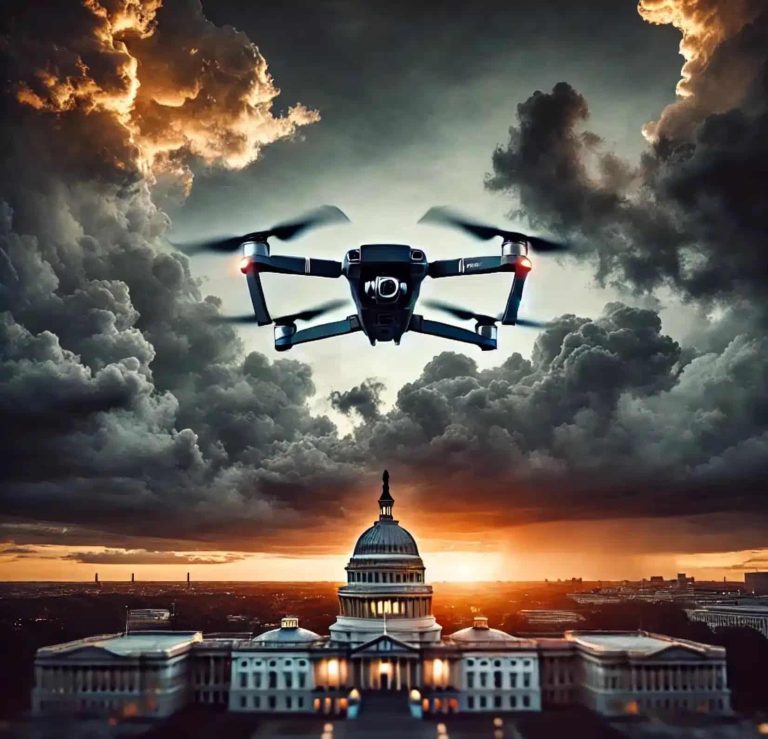
+ There are no comments
Add yours